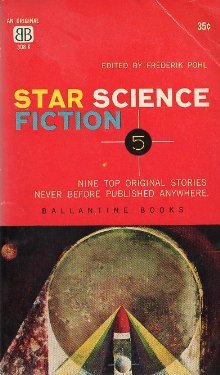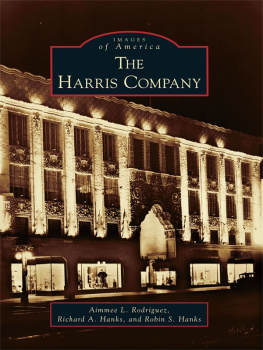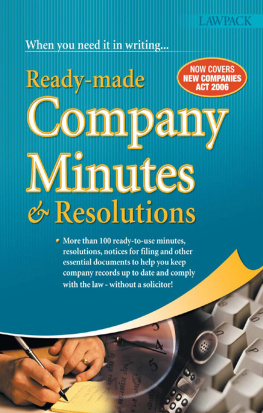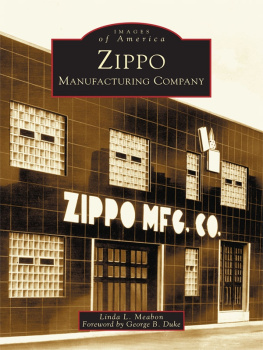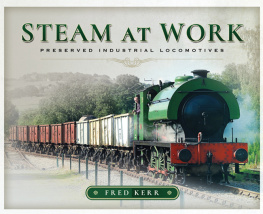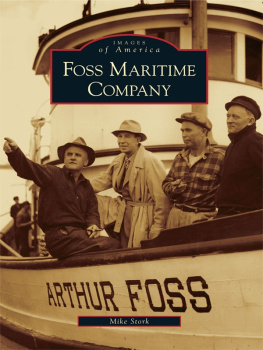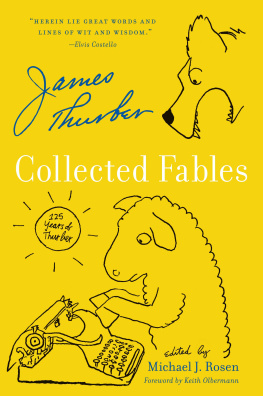
PLAINS HISTORIES
John R. Wunder,
Series Editor
EDITORIAL BOARD
Durwood Ball
Peter Boag
Pekka Hmlinen
Jorge Iber
Todd M. Kerstetter
Clara Sue Kidwell
Patricia Nelson Limerick
Victoria Smith
Donald E. Worster
ALSO IN PLAINS HISTORIES
Americas 100th Meridian: A Plains Journey, by Monte Hartman
American Outback: The Oklahoma Panhandle in the Twentieth Century, by Richard Lowitt
As a Farm Woman Thinks: Life and Land on the Texas High Plains, 18901960, by Nellie Witt Spikes; edited by Geoff Cunfer
Children of the Dust, by Betty Grant Henshaw; edited by Sandra Scofield
The Death of Raymond Yellow Thunder: And Other True Stories from the NebraskaPine Ridge Border Towns, by Stew Magnuson
Free Radical: Ernest Chambers, Black Power, and the Politics of Race, by Tekla Agbala Ali Johnson
From Syria to Seminole: Memoir of a High Plains Merchant, by Ed Aryain; edited by JNell Pate
I Do Not Apologize for the Length of This Letter: The Mari Sandoz Letters on Native American Rights, 19401965, edited by Kimberli A. Lee
Indigenous Albuquerque, by Myla Vicenti Carpio
Nikkei Farmer on the Nebraska Plains: A Memoir, by The Reverend Hisanori Kano; edited by Tai Kreidler
The Notorious Dr. Flippin: Abortion and Consequence in the Early Twentieth Century, by Jamie Q. Tallman
Railwaymans Son: A Plains Family Memoir, by Hugh Hawkins
Rights in the Balance: Free Press, Fair Trial, and Nebraska Press Association v. Stuart, by Mark R. Scherer
Ruling Pine Ridge: Oglala Lakota Politics from the IRA to Wounded Knee, by Akim D. Reinhardt
Where the West Begins: Debating Texas Identity, by Glen Sample Ely
Women on the North American Plains, edited by Renee M. Laegreid and Sandra K. Mathews
Copyright 2012 by Gene Rhea Tucker
All rights reserved. No portion of this book may be reproduced in any form or by any means, including electronic storage and retrieval systems, except by explicit prior written permission of the publisher. Brief passages excerpted for review and critical purposes are excepted.
This book is typeset in Palatino Linotype. The paper used in this book meets the minimum requirements of ANSI/NISO Z39.48-1992 (R1997).

Designed by Kasey McBeath
Jacket design by Audrey Norman and Kasey McBeath
Jacket photographs courtesy Special Collections, University of Texas at Arlington Library
Library of Congress Cataloging-in-Publication Data
Tucker, Gene Rhea, 1979
Oysters, macaroni, and beer: Thurber, Texas, and the company store / Gene Rhea Tucker; foreword by Richard Francaviglia.
p. cm. (Plains histories)
Includes bibliographical references and index.
ISBN 978-0-89672-768-7 (hardcover: alk. paper) ISBN 978-0-89672-773-1 (e-book) 1. Thurber (Tex.)Economic conditions. 2. Thurber (Tex.)Social conditions. 3. Texas Pacific Mercantile and Manufacturing CompanyHistory. 4. Company storesTexasThurberHistory. 5. Business enterprisesTexas ThurberHistory. 6. Texas and Pacific Coal CompanyEmployeesServices forTexasThurberHistory. 7. Company townsTexasCase studies. I. Title.
HC108.T48T83 2012
381.1dc23 2012021209
Printed in the United States of America
12 13 14 15 16 17 18 19 20 / 9 8 7 6 5 4 3 2 1
Texas Tech University Press
Box 41037 | Lubbock, Texas 79409-1037 USA
800.832.4042 | ttup@ttu.edu | www.ttupress.org
CONTENTS
| ix |
| xi |
| xvii |
|
| CHAPTER 1 |
|
| CHAPTER 2 |
|
| CHAPTER 3 |
|
| CHAPTER 4 |
|
| CHAPTER 5 |
|
| CHAPTER 6 |
|
| EPILOGUE |
|
|
|
|
|
ILLUSTRATIONS
|
|
|
|
|
|
|
|
|
|
|
|
|
|
|
|
|
|
|
|
|
|
|
|
|
|
|
|
|
|
|
|
|
|
|
|
| MAPS |
| Texas and the Thurber area | |
|
|
| TABLES |
|
|
|
PLAINSWORD
O f all the works created by mining corporations, few have been as reviled as the company storeestablishments wherein the company provided retail goods, and sometimes even services, to workers. As immortalized by the line I owe my soul to the company store in the popular 1955 song Sixteen Tons, the company played a powerful role in the lives of miners who lived in the companys privately owned towns. Merle Travis, who wrote Sixteen Tons in 1946, based the lyrics on his fathers experiences in Kentucky coal towns in the 1930s, but company-controlled mercantile institutions had come under intense scrutiny and criticism at least half a century earlier. At that time, in the 1880s, labor and management locked horns in a titanic struggle that would ultimately determine who would call the shots.
To many observers, then and now, company stores seemed the antithesis of the free market. These stores were widely considered to be monopolistic by a society that was becoming increasingly populist and freely using strikes, and then the courts, to challenge the hegemony of companies. In the popular culture, the company store came to symbolize the inherent injustice of an impersonal corporation wielding control over a relatively helpless individualthe worker. Then, too, the issue of paternalism was palpable. What even well-meaning companies thought was best for workers (who would ideally not only benefit from largesse, but also be personally elevated by it) often backfired. Beginning in the nineteenth century, then, companies found themselves facing mounting labor organization, and growing public antipathy. Never mind the fact that labor unions often espoused another form of paternalism: they at least ostensibly represented the wishes of workers rather than management. Despite the growing power of labor, company towns persisted well into the late twentieth century in some areas, as did their infamous company stores. By this time, however, company stores were becoming much harder to find because, when companies did the math, they found mercantile operations to be losing propositions. Still, the legacy of the company store is rich and the lessons we can learn from it are profound.


